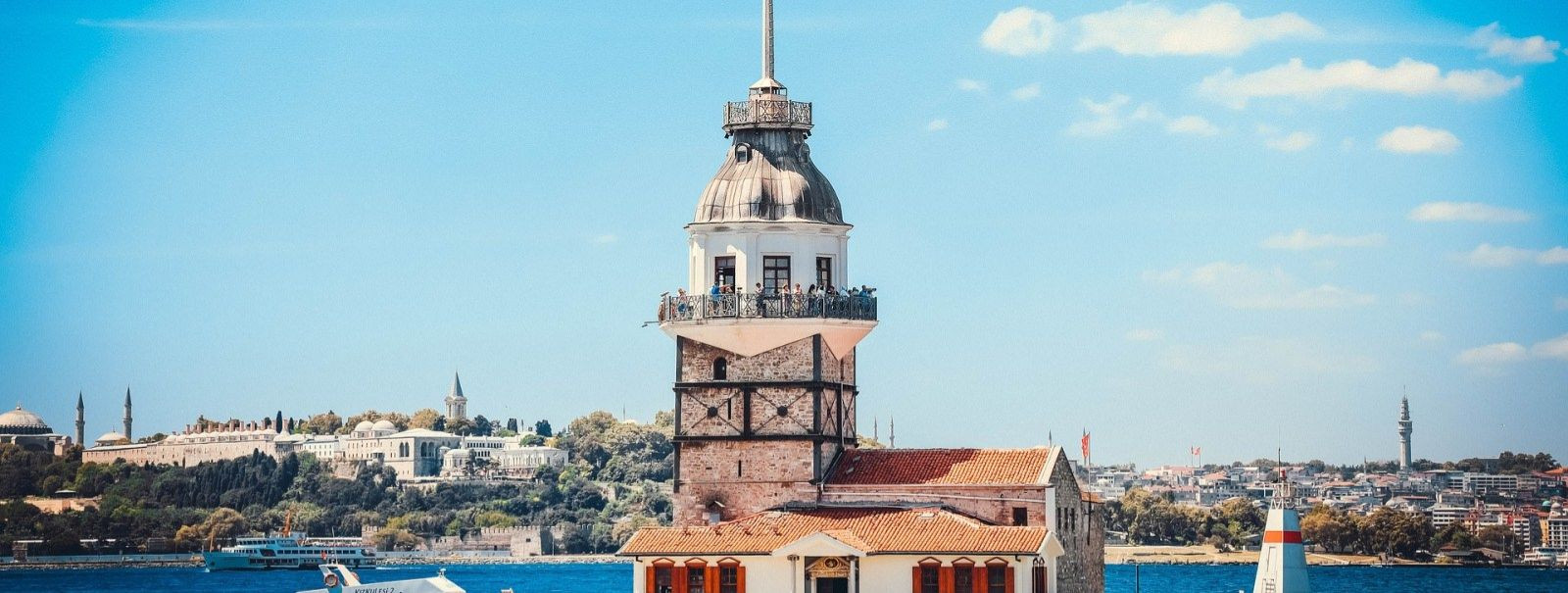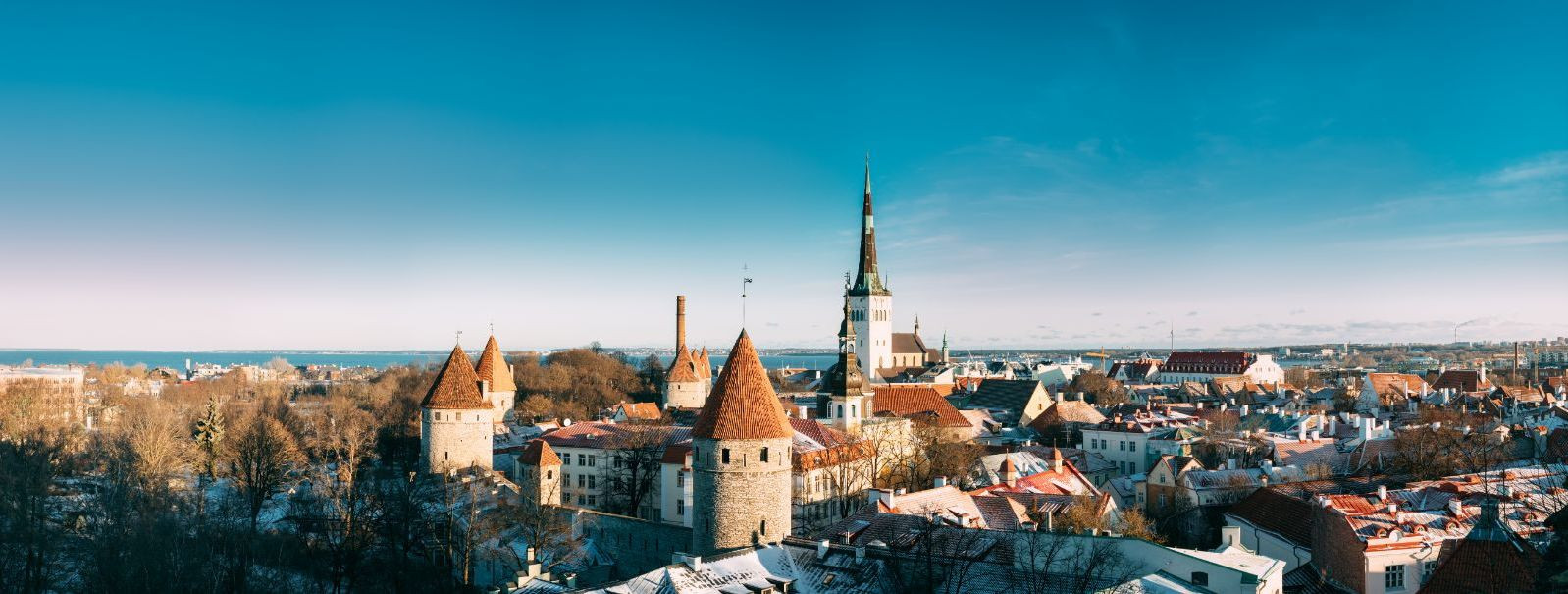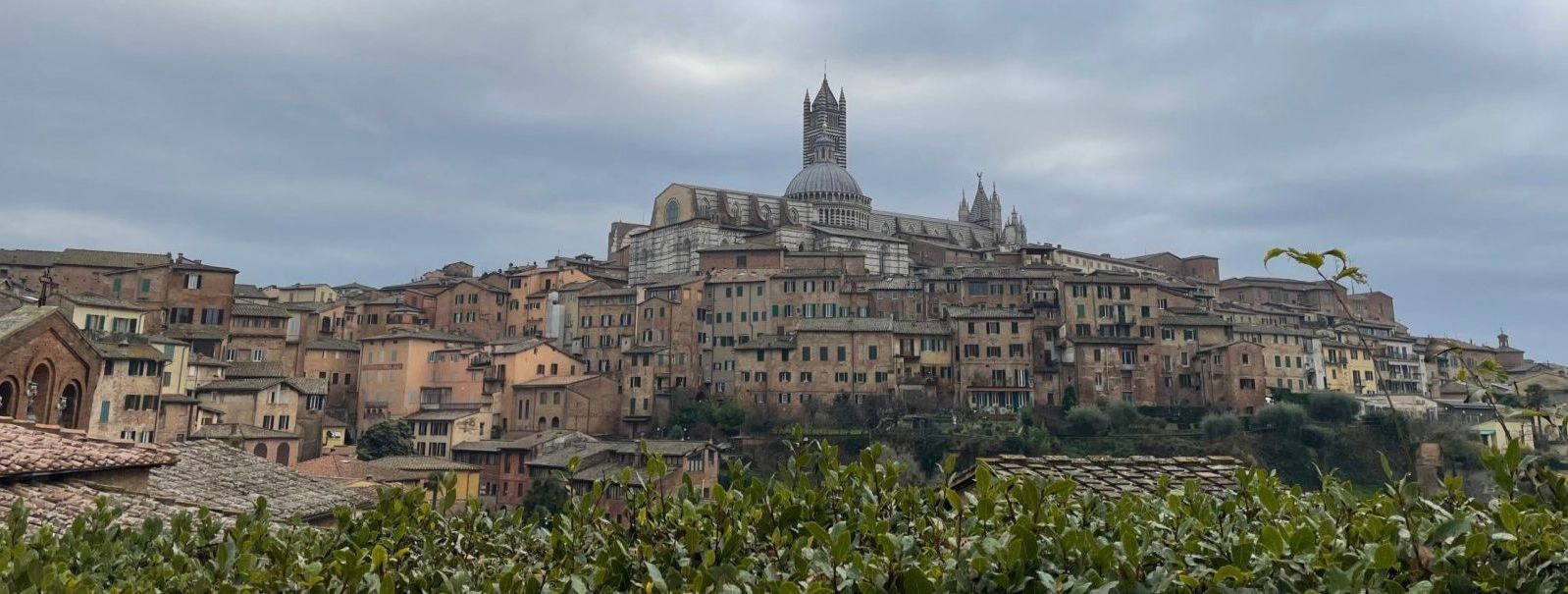Exploring istanbul: a journey through history
Istanbul, a city that straddles two continents, is a mosaic of cultures and histories. The city's strategic location has made it a crossroads of civilizations, from the ancient Greeks and Romans to the Byzantine Empire and the Ottomans. Each era has left its indelible mark, creating a rich tapestry that continues to draw visitors from around the world.
Founded as Byzantium in the 7th century BCE, the city has undergone numerous transformations. Renamed Constantinople in honor of Emperor Constantine the Great, it became the capital of the Roman and later, the Byzantine Empire. The Ottoman conquest in 1453 marked another pivotal moment, as the city became the heart of a vast empire and was eventually renamed Istanbul. Today, Istanbul is a vibrant metropolis that honors its past while looking to the future.
Iconic Historical Sites of Istanbul
Once a church, later a mosque, and now a museum, Hagia Sophia stands as a symbol of Istanbul's layered history. Its massive dome and stunning mosaics are a testament to the city's architectural and religious heritage.
With its six minarets and cascading domes, the Blue Mosque is an iconic feature of Istanbul's skyline. Built by Sultan Ahmet I, it remains a working mosque and a prime example of Ottoman design.
Topkapi Palace, with its opulent courtyards and treasure-filled rooms, offers a glimpse into the lives of Ottoman sultans. The palace also houses sacred relics, including items belonging to the Prophet Muhammad.
Beneath Istanbul's streets lies the Basilica Cistern, an ancient reservoir that once supplied water to the city. Visitors can walk on raised platforms above the water and marvel at the columns and sculptures that adorn this underground wonder.
The Grand Bazaar is one of the world's oldest and largest covered markets. Its maze of alleys is lined with shops selling everything from spices to jewelry, offering a sensory journey through Istanbul's commercial history.
Walking Through the Ages: Istanbul's Historic Districts
Sultanahmet is the historic core of Istanbul, where ancient landmarks like the Hagia Sophia and the Blue Mosque stand. Wandering its streets is like stepping back in time, amidst remnants of empires and echoes of prayers.
The districts of Galata and Beyoğlu showcase Istanbul's European influences, with their Genoese tower, chic boutiques, and the bustling Istiklal Street. The Galata Bridge spanning the Golden Horn offers panoramic views and a literal bridge between Europe and Asia.
Balat, with its colorful houses and rich Jewish history, is a testament to Istanbul's multicultural past. The area's synagogues, churches, and mosques stand as symbols of the city's religious diversity.
Culinary Delights: Savoring Istanbul's Historic Flavors
Istanbul's culinary scene is as diverse as its history. From the succulent kebabs and mezes to the sweet baklava and Turkish delight, the city's dishes are a feast for the senses.
For a taste of local life, nothing beats Istanbul's street food. Simit vendors, fish sandwiches by the Bosphorus, and aromatic Turkish coffee stalls provide authentic flavors and experiences.
Navigating Istanbul: Tips for the Culturally Curious Traveler
While Turkish is the official language, many Istanbulites speak English. Learning a few Turkish phrases can enhance interactions with locals. Respect for cultural norms, such as dress codes in mosques, is also appreciated.
Istanbul's public transport system, including trams, ferries, and the metro, is an efficient way to explore the city. For a more intimate experience, walking tours can uncover hidden gems.
Engaging with Istanbul's culture means more than visiting monuments. It's about experiencing the daily rhythms, from the call to prayer to the warmth of its people. Participating in local traditions and festivals can provide deeper insights into the city's soul.
Embark on a personalized journey through Istanbul's rich history with WALKS IN EUROPE OÜ, where authentic experiences await the culturally curious traveler.






Comments (0)